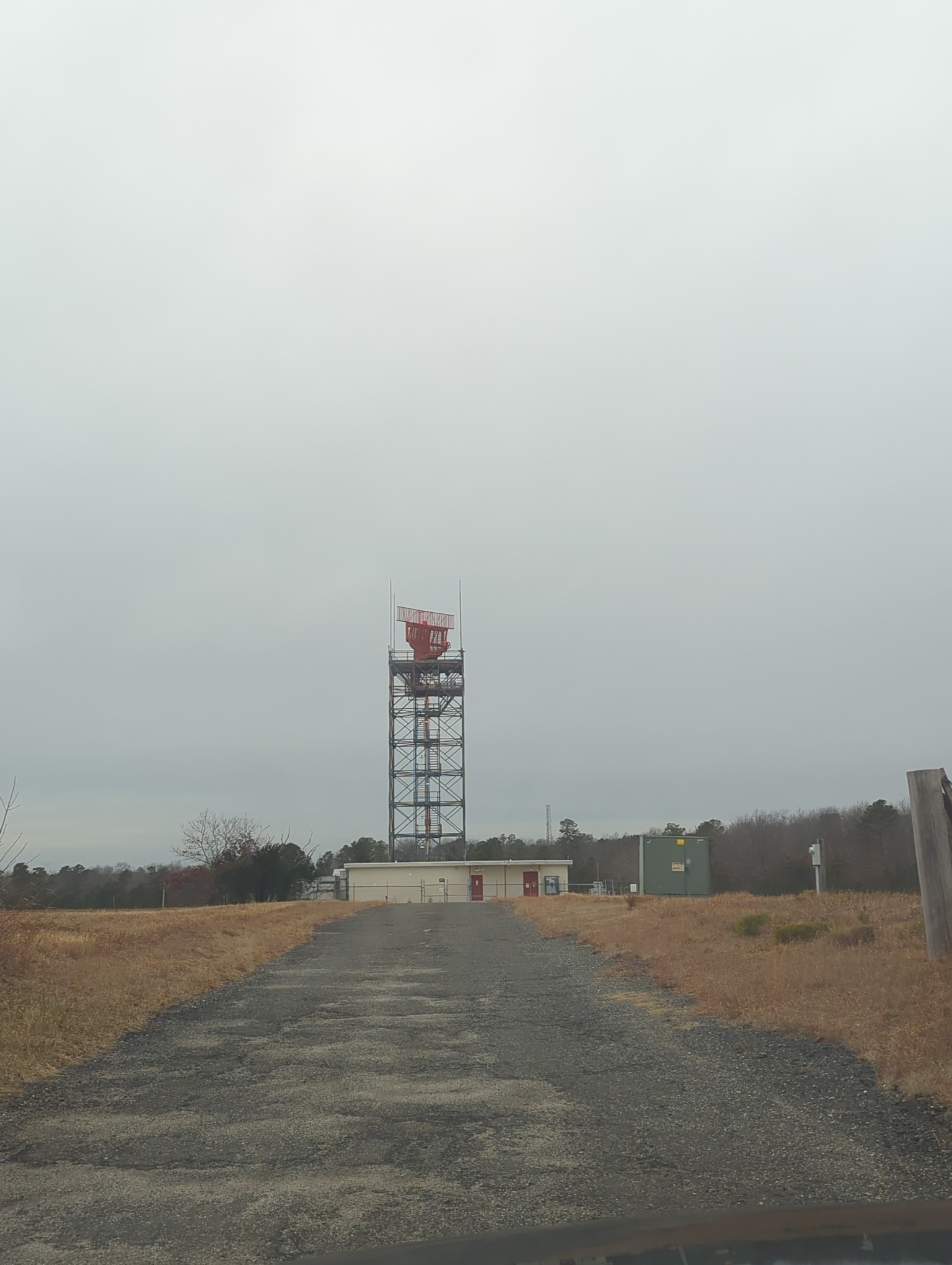@[email protected]
Do you have any radar tower pics? 👀

All things photography. Share your own original photos, your questions, your inspiration.
Share your own original photography. No NSFW images. Be Nice.
Rodenstock 50mm/4.0 HR Digaron-W lens (@ f/6.3), Phase One IQ4-150 digital back, Cambo 1250 camera (vertically shifted -23mm).
This simple photo pushed the 50mm lens to the limits of its image circle with the large shift required to keep the tall antenna mast fully in the frame while maintaining its geometry. Hard vignetting of the upper corners was visible in the full sensor image, but fortunately the composition benefited from a narrower aspect ratio that cropped out the blackened corners.
@[email protected] Matt, I moved to a new instance. FYI. I do follow you from there.
@[email protected] I saw!
@[email protected] Ah, I see the reason I told you that. You were following me on the other one, not here. But that's fine too.
@[email protected] I should be following you on both now. It's weird that didn't happen automatically.
@[email protected] Oh, yes I am! Sorry. Ignore me. I just had to delete well over 1000 emails because yours truly forgot to uncheck "email notifications for followers" and my entire mailbox was jammed.
KNBR is a 50KW "Class A" (formerly "clear channel") mediumwave (AM) rado station broadcasting on 680 KHz, serving the San Francisco Bay area (and, at night, most of the west coast of the US). Opened in 1922, It was originally known as KPO, (later KNBC, and still later KNBR), and soon became the flagship station for the National Broadcasting Company (NBC)'s new western radio network. It is currently owned by Cumulus Media and now broadcasts a sports format.
Mediumwave (AM) broadcast radio uses lower frequencies than other modern broadcasting and so requires much larger antennas (generally getting larger and larger as the frequency gets lower on the dial). This often entails highly customized antenna designs engineered for the particular site and station frequencies. For most radio stations (FM, TV, etc), the towers are there simply to get the relatively small antennas up high, but for AM stations like KNBR, the towers generally ARE the antennas.
The taller tower (550 feet) at right is the main KNBR antenna, built in 1949. It employs an unusual "pseudo-Franklin" design; it's actually an array of two antennas stacked atop one another. The 400 foot lower section is insulated from the ground. The upper 150 foot section is insulated from the lower section. The large (50 foot) diameter "capacitance hat" at the top (reminiscent of the Parachute Jump at Coney Island) electrically lengthens the top section, saving 250 feet of additional height.
This distinctive stacked dual antenna arrangement is used to lower the radiation angle of the antenna, concentrating transmitted power to the "ground wave" and reducing energy that would otherwise be sent upward into the sky.
The smaller (300 foot) freestanding mast in the background left is not in current use. It can be used as an emergency spare antenna for KNBR during maintenance of the taller main antenna.
@[email protected] Interesting enough, another result is that the audio frequency bandwidth is a bit restricted. When Susquehanna owned KNBR, they tried to broadcast HD on it but found they couldn't because of HD's bandwidth requirements. Most listeners wouldn't notice the restricted bandwidth, since the NRSC standard limits bandwidth to ± 10 kHz and almost no modern AM receivers can go that far up anyway.
The antenna field is in the final approach and takeoff flightpath for SFO airport's runways 28L/R (and 10L/R), and so the site has special markings to warn pilots of a collision hazard. In addition to the usual tower lights and red/white paint, 3-dimensional "HAZ" warnings were installed around the field. These are easily visible in areal photos; see, e.g., https://earth.google.com/web/@37.5471204,-122.23429544,0.73120256a,577.14725587d,35y,0.01179999h,0t,0r/data=CgRCAggBQgIIAEoNCP___________wEQAA
Note, important safety tip: you can get closer to this tower without clearly trespassing or jumping fences than most other 50KW broadcast antennas I've encountered. I measured a field strength of over 80V/m a bit outside the tower fence, which is an incredibly strong signal (though still within OSHA limits at the frequency involved).
Resist any temptation to jump the fence and climb the (energized) tower. You'd be electrocuted as soon as you touch it.
@[email protected] Interesting I'm going to do some field tests for interference for a wildlife monitoring radio system & I'm wondering what you used to measure this
@mwhelm For AM, the instruments of choice are the Potomac FIM-41 or PI-4100 (the former being older, analog, and more fun to use, the latter being soulless, digital, and easier to use).
@[email protected] there may be a literal pair of smoking boots as the only remaining evidence.
@greem @mattblaze I’ve seen that movie.
@[email protected] @[email protected] The actual line is even better.
@[email protected] @[email protected] Proof that "You don't want to look in there" > "I do not consent to a search"
@[email protected] @[email protected] @[email protected] I’m gleeful to see the absolute best film ever made finally referenced here. Laughing aloud, thanks
Ever since I saw this video by @[email protected], I realized that respect for towers could be life-saving.
@HikerGeek @mattblaze
Wow. 😎 I was a radio DJ for a couple years but did *not* know this. Is it same for AM and FM?
@ColesStreetPothole @HikerGeek No; FM broadcast antennas are comparatively quite small. The tower structures for them are just to get them up high and should not themselves be energized with RF. But the RF fields near the antennas can reach dangerous levels. (You can't go to the roof of the World Trade Center, which hosts a bunch of FM and TV stations, without special precautions, for example).
@[email protected] @[email protected] Ah, okay. I was an FM jockey, but we never got to see the tower, it was miles away.
@HikerGeek @mattblaze Jeff Geerling can be pretty funny.
How are such towers climbed safely if a technician is needed?